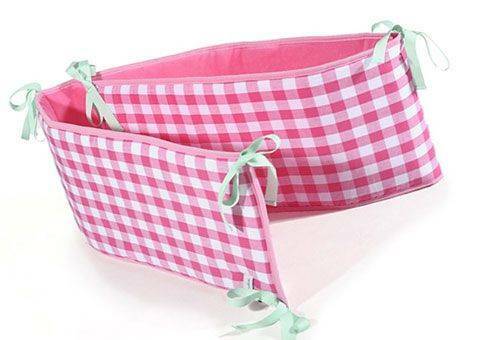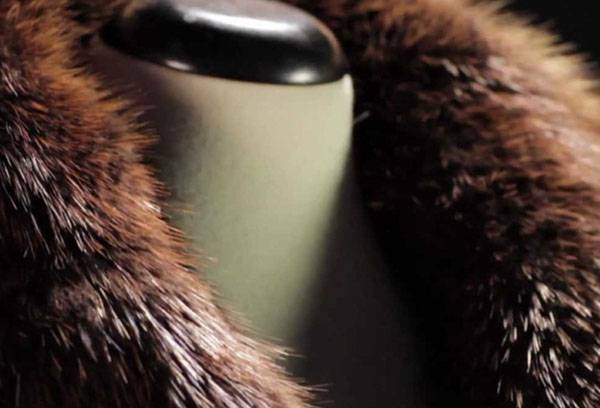
- How to dye the fabric at home?
- How to use natural dyes?
- Secrets of coloring the fabric at home
- Staining in the washing machine
- How do I look after the products after painting?
- How to paint a fabric with a divorce?
Our clothes, alas, are not durable, and the first color usually suffers. After a few washings, it fades, and maybe even shed. The bright sun makes your favorite things faded, old. Looking at the lamentable result, we want to find a way to transform. The question arises as to whether color can be renewed or even changed. At this moment an interesting idea comes: "How to paint clothes at home?".
to the contents ↑How to paint the fabric at home?
Before creating a masterpiece, decide which paint and how you will do it:
- Dyes are powdery and liquid.
- There are aniline dyes( for wool, kapron, fur and leather) and universal( for flax, cotton, viscose and other fabrics).
- On the shelves you can find special preparations for staining silk and wool.
Important! Buy them better in hardware stores, not in the market. Make sure that the package contains instructions for the use of the product, which indicates which fabrics the paint is intended for, how and how much water to dilute, describes the process in detail, , how to paint the fabric at home .Be sure to check the expiration date.
to the contents ↑How to use natural dyes?
The fashion for ecological compatibility does not leave us. Therefore fans of eco-style can please - natural dyes exist. Raw material is around - it's herbs, berries, fruits. Mixing them, you can achieve different shades. These ingredients are hypoallergenic, non-toxic and cheap. One drawback - the colors are soft, muted, natural, natural.
Important! For coloring, you can use onion husks, coffee, chamomile, oak bark, elderberry, beetroot, red cabbage, spinach, blueberries, blackberries, oranges.
To paint clothes at home with these tools, follow this algorithm:
- To obtain a color solution, the ingredients are ground, placed in a container of water and boiled.
- For saturation, it is better to insist the night.
- Then strain to clean the broth from the pieces of raw material.
- In the liquid we lower the prepared thing and boil it for the time necessary to achieve the desired shade.
Important! The processing time, as well as the amount of the initial product, is chosen in a practical way, based on the volume, size, and how much saturated shade you would like to receive.
- To fix the color on 8 glasses of water, you can add 0.5 cups of salt.
- Rinse the product several times.
Important! Remember that natural colors are not resistant to direct sunlight, to synthetic detergents.
to the contents ↑Secrets of coloring the fabric at home
Home painting is a risky business. You can not be 100% sure of the result. It is necessary to adhere to some rules to maximally exclude the adverse effects on tissues and getting a divorce on it:
- Always consider the composition of the fabric. The best colors are natural fabrics: jeans, cotton, linen. Mixed fabrics will be slightly paler when staining. Synthetics may not at all color or go divorced.
- Choose the right color. It is best to dye the fabric at home in the same color, but a few tones darker. For example, green in dark green. Be sure to take into account the original color of the product. If you want to repaint a white blouse in black, it will most likely come out gray in an ugly color.
- It is better to make a trial staining on a piece of similar tissue. If you do not like the color of the solution, then do not take chances - you have only one attempt.
- Things should be clean, well rinsed from the powder. Before the immediate process, wet the product, then immerse it in the paint. This will prevent uneven color distribution.
- Wear gloves. Dyes can reliably dye the skin for a long time and also cause allergies.
- Follow the instructions carefully. The contents of the package are dissolved in a small amount of water, strain through gauze, so that there are no lumps and solid particles. Then proceed according to the sequence written on the packaging.
Important! We advise you to add in the solution 2 tablespoons of salt, which will make the color more saturated. After staining, rinse the thing several times in running warm water, and then cold, until the rinsing water becomes transparent. During the last rinse, to consolidate the result, add 0.5 cup of vinegar.
to the contents ↑Staining in the washing machine
A smart unit will make it much easier if you decide to dye the fabric at home. You only need to fulfill special rules:
- Choose a long wash mode( without soaking) and the temperature according to the type of fabric.
- Pour the liquid color solution directly into the drum.
- After staining, rinse several times, the last rinse with the addition of vinegar.
- Now, pay attention to your machine: turn on the rinse mode to wash the remnants of the dye solution.
How do I look after the products after painting?
In order for the result of your work not to be reduced to zero, after painting it is necessary to take care of the clothes properly:
- First wash your clothes separately from other things.
- During the rinse, add the vinegar.
- Do not use powder for white linen.
- Dry things only in the shade, because direct sunlight leads to burnout of color.
How to paint a fabric with a divorce?
Nowadays the ombre effect is in vogue. It is used in manicure, when painting hair. It is interesting to look at such original solutions in clothes.
At home, you can try to create a copyright thing. To do this, you need to paint the clothes in this way:
- Wet the wet cloth in the harness - like with manual squeezing.
- Then put several rings of paper clips on the harness. The more rings, the more divorces.
- Lower the bundle into the dye and keep the correct time.
- You can turn off in different ways, as fantasy tells you.
Coloring clothes at home with chemical and natural dyes is not as durable as the factory dye. But it helps us in those cases when it is necessary to paint the spot, add brightness to the faded thing. With its help you can create masterpieces of copyright and we hope that they will turn out to be spectacular and beautiful.



